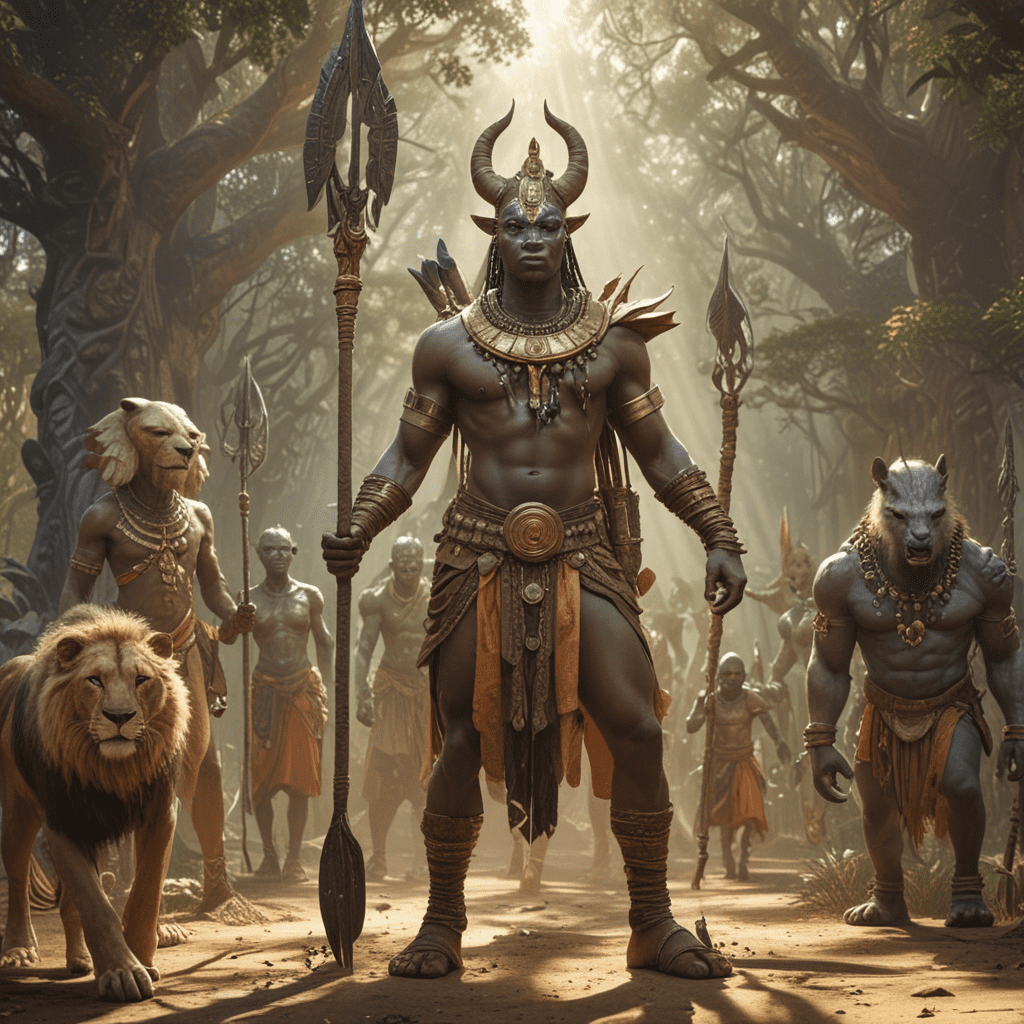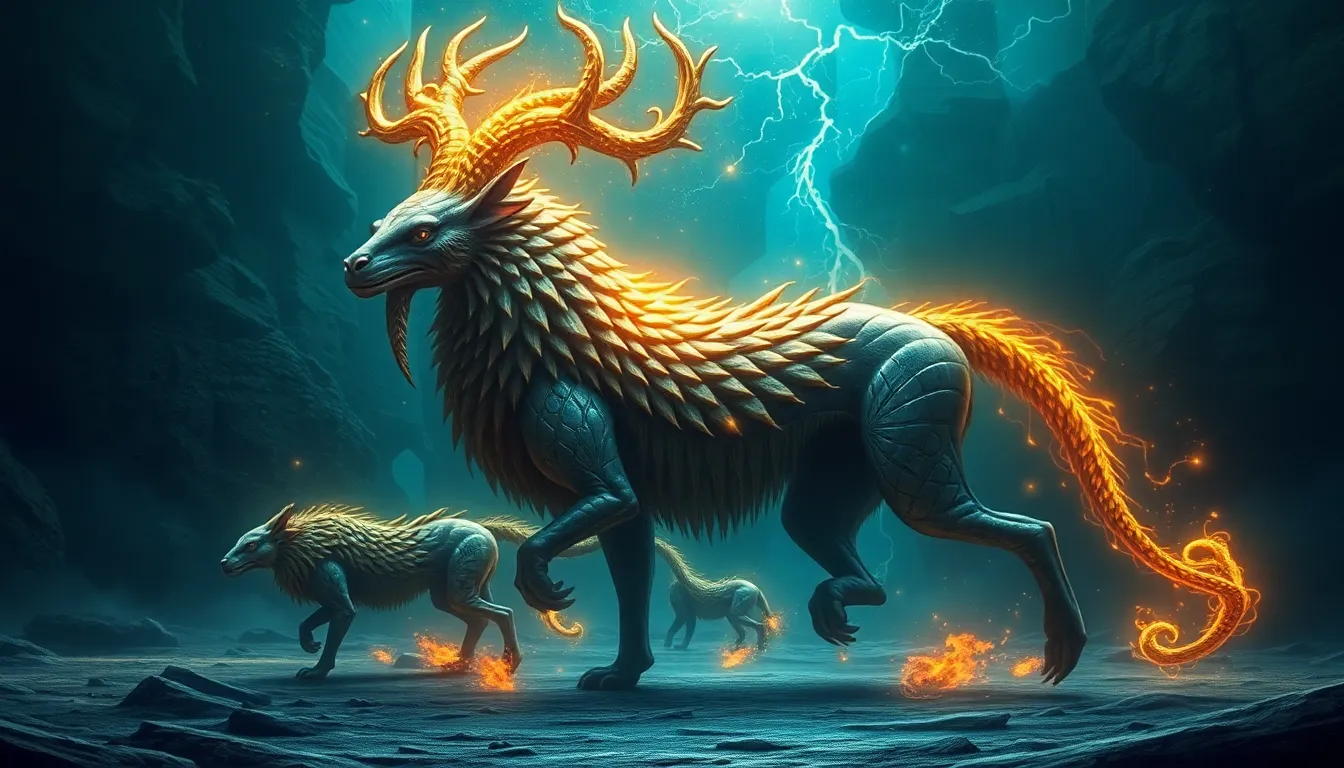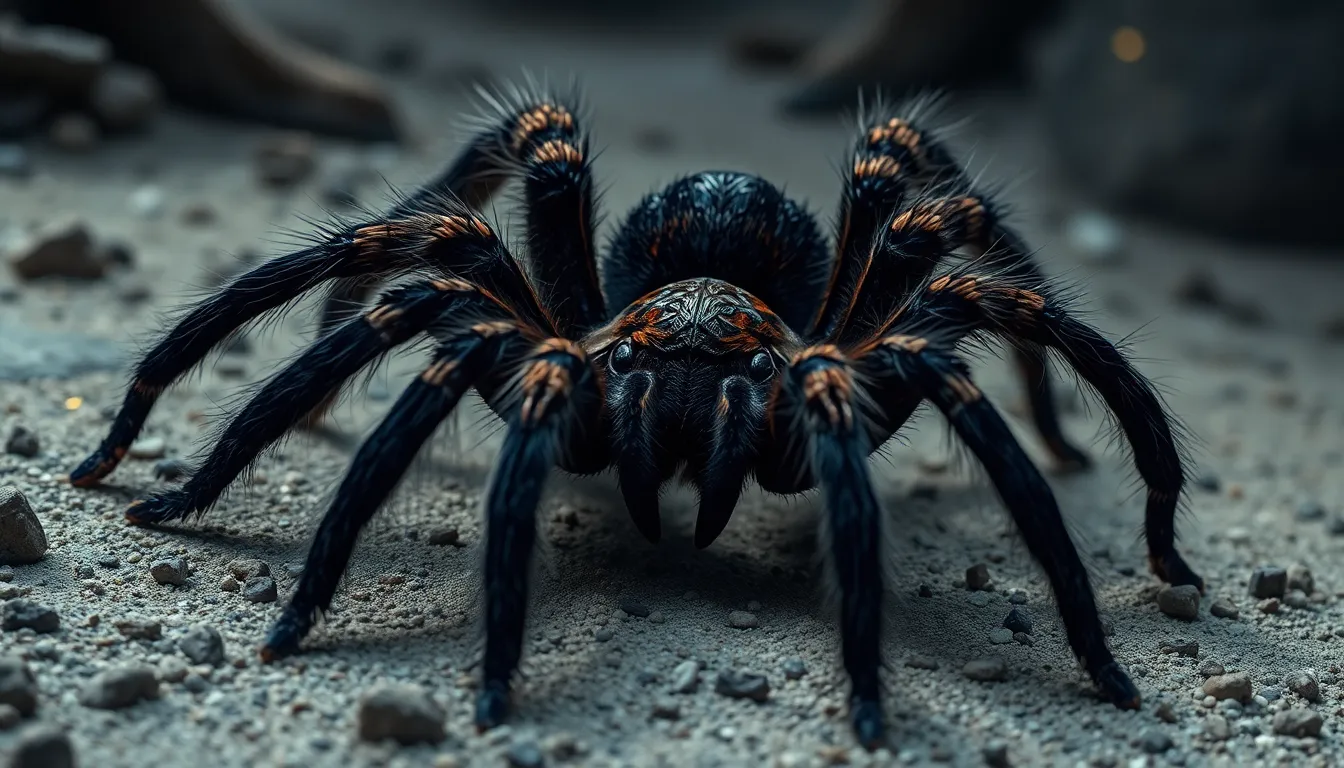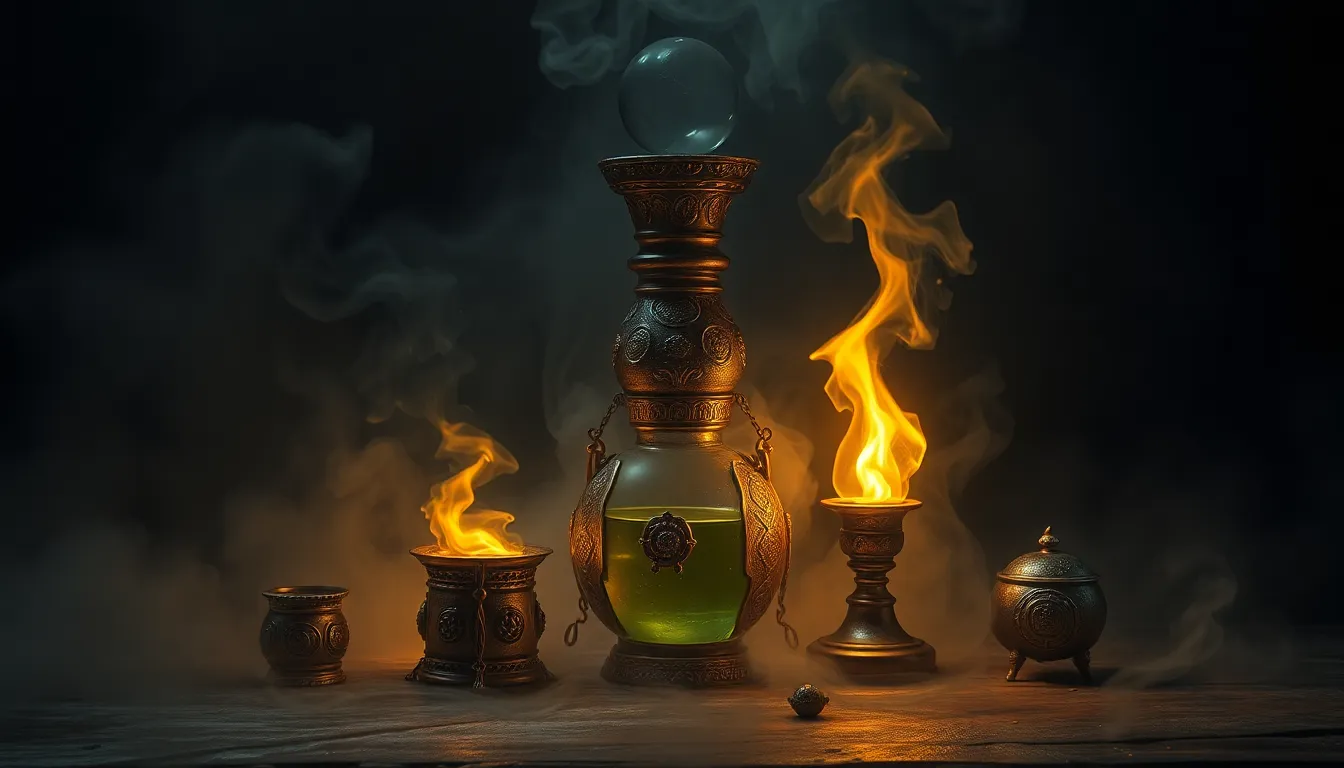African Mythological Creatures: Guardians or Harbingers?
Introduction
Africa's rich folklore is abundant with captivating mythological creatures that possess the power to protect or forewarn. These entities, deeply embedded in cultural traditions, hold significant sway over the lives of the people they reside with. Their presence can bring either solace or trepidation, shaping the destiny of individuals and communities alike.
The Sphinx: Guardian of Wisdom and Power
In ancient Egypt, the Sphinx, a majestic creature with the head of a human and the body of a lion, symbolized wisdom and authority. Its enigmatic presence guarded the Giza pyramids, embodying the pharaoh's divine power and protecting the secrets of the afterlife. As a guardian of ancient knowledge, the Sphinx represented the formidable force of intellect and the unyielding power of the ruling elite.
The Griffin: Protector of the Sacred and the Divine
Originating in Greek mythology, the Griffin, a mythical creature with the head and wings of an eagle and the body of a lion, held a sacred place in African folklore. Often depicted as the guardian of gold and other treasures, the Griffin symbolized strength, courage, and unwavering loyalty. Its presence signified the protection of the divine and the preservation of sacred spaces from external threats.
The Blemmyae: Harbingers of Misfortune
Described as headless creatures with faces on their chests, the Blemmyae were feared throughout Africa as harbingers of misfortune. Their appearance was often associated with drought, famine, and other calamities. Belief in the Blemmyae served as a cautionary tale, warning people of the consequences of their actions and the importance of upholding societal norms and traditions.
6. The Roc: Messenger of the Divine
In Arabian mythology, the Roc is a colossal bird of prey, its size overshadowing even the largest of mountains. This legendary creature served as a messenger of the divine, carrying important messages from the heavens to the mortals below. The Roc's appearance in African folklore often signified a transformative event, bringing forth change and enlightenment to those who encountered it.
7. The Bunyip: Guardian of Water and Fertility
An enigmatic creature from Australian Aboriginal mythology, the Bunyip takes the form of a large, serpentine water beast. It dwells in billabongs and waterholes, embodying the vital force of fertility and the abundance of nature. The Bunyip's protective nature extends to the land and its inhabitants, ensuring the well-being of the environment and the sustenance of life.
8. The Anansi: Trickster and Weaver of Destiny
Originating in West African mythology, Anansi is a cunning trickster figure often depicted as a spider. With its web-weaving abilities, Anansi holds sway over the threads of fate and destiny. While its trickster nature can lead to mischief, Anansi also possesses wisdom and the ability to teach valuable lessons about the intricacies of life's journey.
9. The Slit-Mouthed Woman: Harbinger of Terror
A modern urban legend originating in Japan, the Slit-Mouthed Woman has gained traction in African folklore as a harbinger of terror. This malevolent entity is believed to haunt the streets, targeting individuals with disfigured mouths. Encounters with the Slit-Mouthed Woman often result in fear, paranoia, and the spreading of cautionary tales.
10. The Jengu: Divine Protectors of the Sacred
In Japanese mythology, the Jengu are long-nosed, crow-like creatures that serve as divine protectors of sacred places and deities. Their intimidating presence wards off evil spirits, safeguarding the sanctity of shrines and ensuring the well-being of the surrounding communities. The Jengu's unwavering loyalty and protective nature make them revered figures within African spiritual beliefs.
FAQ
1. What is the significance of mythological creatures in African culture?
Mythological creatures play a vital role in African culture, embodying cultural values, beliefs, and fears. They serve as guardians, harbingers, and symbols of wisdom, strength, and protection.
2. How do these creatures influence everyday life?
Mythological creatures shape everyday life by influencing moral conduct, providing guidance, and warning against potential dangers. They serve as a source of cultural identity and reinforce the importance of tradition and community.
3. Are mythological creatures still relevant in modern African society?
Yes, mythological creatures remain relevant in modern African society, albeit in different ways. While their literal existence may be questioned, their symbolic significance and influence on cultural practices and beliefs persist.



